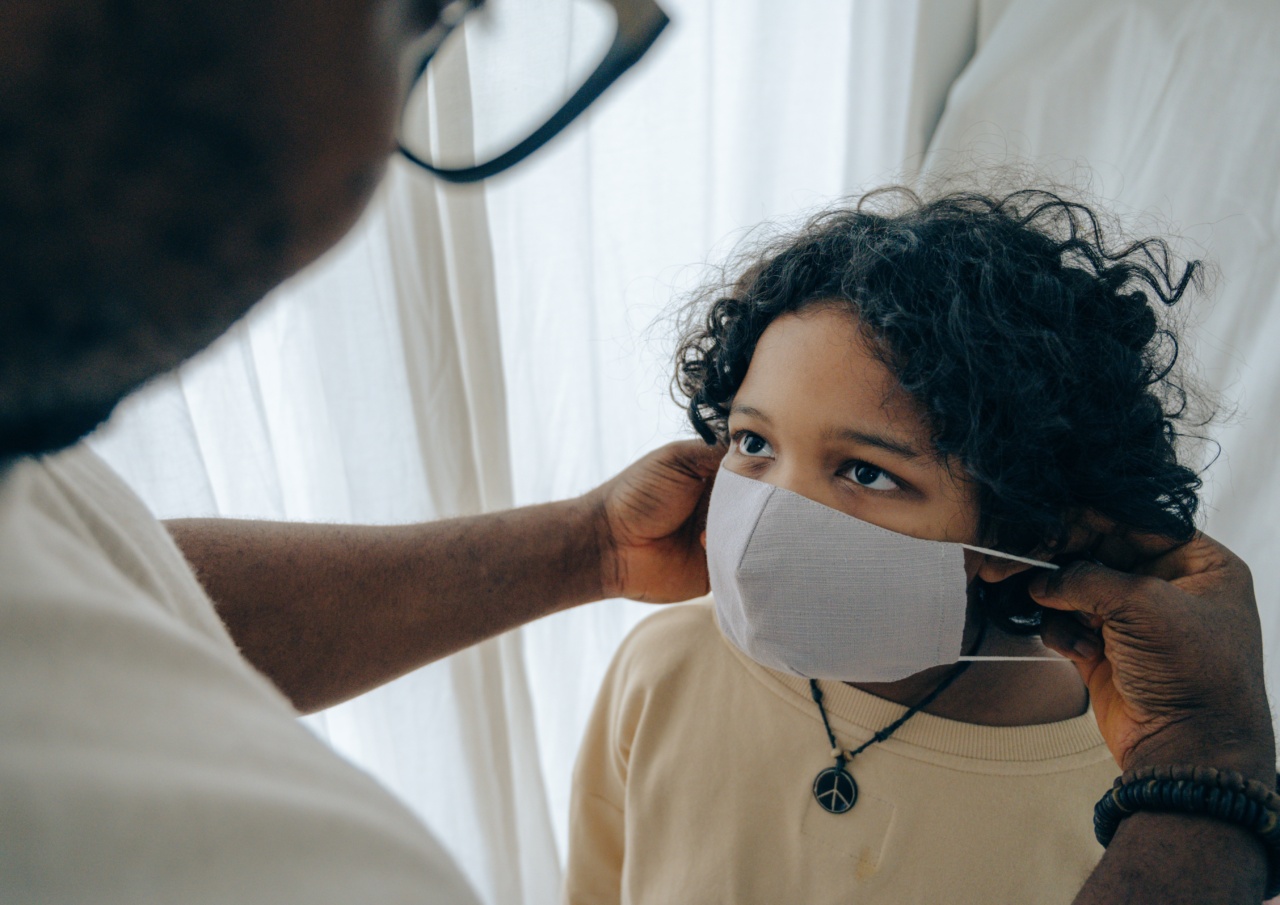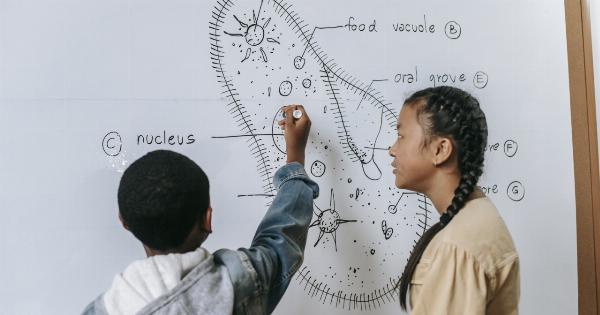When we talk about illnesses, we often focus on common conditions such as the flu, anemia, or diabetes. However, there are thousands of rare diseases that affect millions of people worldwide.
These conditions are often referred to as “invisible illnesses” because they are not well-known, have limited treatment options, and can be difficult to diagnose.
What are rare diseases?
Rare diseases are defined as conditions that affect a small number of people compared to the general population. In the US, a disease is classified as rare when it affects fewer than 200,000 people.
According to the National Institutes of Health (NIH), there are over 7,000 recognized rare diseases, and new ones are being discovered every day. Most rare diseases are genetic, meaning they are caused by changes or mutations in a person’s DNA.
The challenges of living with a rare disease
Living with a rare disease can be incredibly challenging for both patients and their families. Because these conditions are often poorly understood, people with rare diseases can struggle to find accurate information, support, and treatment options.
In some cases, patients may go years without a proper diagnosis, leading to unnecessary suffering and complications.
In addition to the physical challenges, rare diseases can also take a significant emotional and financial toll. Many rare diseases are chronic or progressive, meaning they require ongoing treatment and management.
Patients may need to travel long distances for specialized care, and treatments can be expensive and not covered by insurance.
The importance of awareness and advocacy
Despite the challenges, there is hope for people living with rare diseases. Advances in medical research have led to new treatments and therapies, and advocacy groups are working to raise awareness and improve access to care for these patients.
One example is Rare Disease Day, an annual event that takes place on the last day of February. The goal of Rare Disease Day is to raise awareness about rare diseases and their impact on patients and families.
This global campaign is led by the EURORDIS (European Organization for Rare Diseases) and has gained support from organizations and individuals worldwide.
Examples of rare diseases
As previously mentioned, there are over 7,000 recognized rare diseases, affecting millions of people worldwide. Here are some examples of rare diseases:.
1. Angelman syndrome
Angelman syndrome is a genetic disorder that affects the nervous system. Symptoms include developmental delays, intellectual disability, sleep disorders, and seizures. This condition is caused by a mutation in a gene on chromosome 15.
2. Ehlers-Danlos syndrome
Ehlers-Danlos syndrome is a group of genetic disorders that affect the connective tissues in the body. Symptoms include joint hypermobility, skin that bruises easily, and chronic pain.
There are 13 subtypes of Ehlers-Danlos syndrome, each caused by a different genetic mutation.
3. Huntington’s disease
Huntington’s disease is a progressive brain disorder that affects movement, cognition, and behavior. Symptoms usually appear in midlife and worsen over time. This condition is caused by a mutation in the huntingtin gene.
4. Pompe disease
Pompe disease is a rare genetic disorder that affects the muscles and respiratory system. It is caused by a deficiency in the enzyme alpha-glucosidase, which leads to the accumulation of glycogen in the body.
Symptoms include muscle weakness, difficulty breathing, and heart problems.
5. Sickle cell anemia
Sickle cell anemia is a genetic blood disorder that affects the production of hemoglobin, a protein that carries oxygen in the blood.
This condition causes red blood cells to become crescent-shaped, which can block blood flow and cause pain, organ damage, and other complications.
6. Cystic fibrosis
Cystic fibrosis is a genetic disorder that affects the lungs, pancreas, and other organs in the body. It is caused by mutations in the CFTR gene, which leads to the production of thick, sticky mucus in the lungs and other organs.
Symptoms include chronic cough, recurrent infections, digestive problems, and infertility.
7. Gaucher disease
Gaucher disease is a rare genetic disorder that affects the production of an enzyme called glucocerebrosidase. This leads to the buildup of fatty substances in the liver, spleen, bones, and other organs.
Symptoms include fatigue, anemia, bone pain, and enlarged spleen and liver.
8. Prader-Willi syndrome
Prader-Willi syndrome is a genetic disorder that affects many parts of the body. Symptoms include poor muscle tone, feeding difficulties, intellectual disability, and obsessive-compulsive behavior.
This condition is caused by the loss of function in genes on chromosome 15.
9. Duchenne muscular dystrophy
Duchenne muscular dystrophy is a genetic disorder that affects the muscles and causes progressive muscle weakness and wasting. Symptoms usually appear in early childhood and worsen over time. This condition is caused by mutations in the dystrophin gene.
10. Von Hippel-Lindau disease
Von Hippel-Lindau disease is a rare genetic disorder that causes the growth of tumors and cysts in various parts of the body. Symptoms may include abdominal pain, headaches, hearing loss, and vision problems.
This condition is caused by mutations in the VHL gene.
Conclusion
Rare diseases may be invisible to many of us, but they represent a significant burden for millions of people worldwide.
By increasing awareness, improving access to care, and supporting medical research, we can help those affected by these conditions to lead better lives.





























